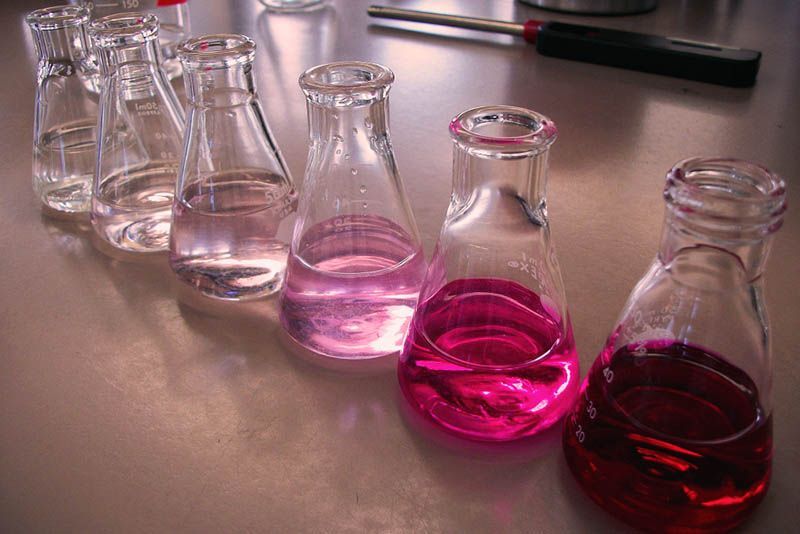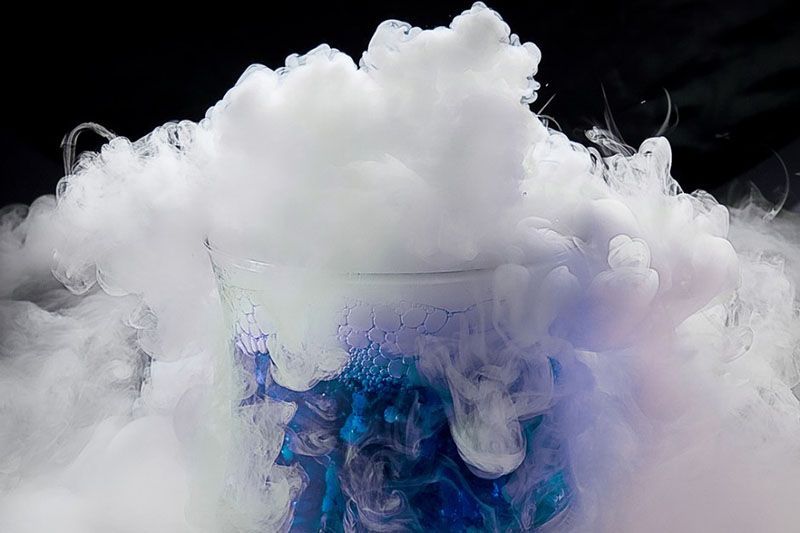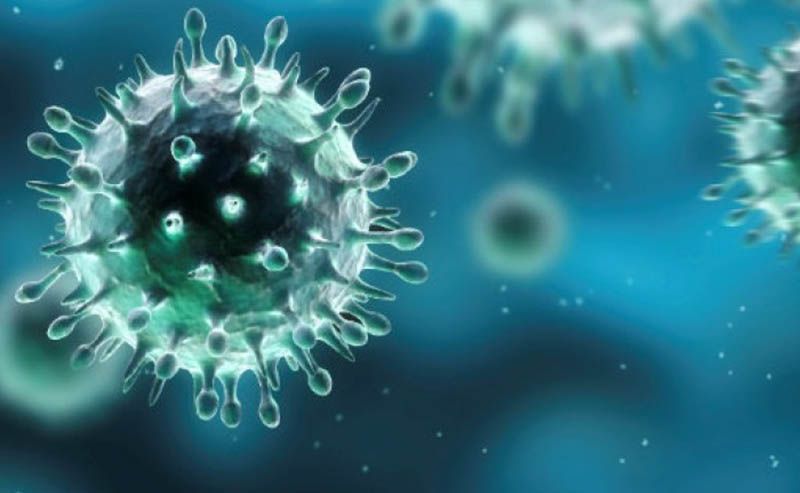Indicators.
We can find out whether a substance is acidic or basic in nature without touching or tasting it with the help of indicators.
Indicators are substances which change their properties, according to acidic or basic environment.
Some substances change their colour, according to acidic or basic environment. They are called colour indicators.
Indicators that are obtained from natural substances are called natural indicators.
The Litmus Brothers!
Litmus is a natural dye obtained from lichens.
A solution of litmus in water is purple in colour.
The color of litmus solution turns red when added to an acidic solution and turns blue when added to a basic solution.

The Litmus paper is an absorbent strip of paper treated with litmus solution.
An acid turns bluelitmus red and does not change colour of red litmus.

A base turns red litmus blue and does not change colour of blue litmus.

Some substances do not have any effect on the colour of litmus paper. Such substances are called neutral substances.
Red or Yellow?
The color of turmeric solution turns red when added to a basic solution.

The color of turmeric solution remains unchanged when added to an acidic solution.
China Rose
China Rose extract is a natural indicator.
The extract can be prepared by adding China Rose petals to warm water. After keeping the petals for some time, the water becomes coloured.
This extract is filtered and used as an indicator.

A China Rose solution turns an acidic solution to dark pink or magenta colour.

Even red cabbage is used as an indicator like China rose.
The Pink Indicator.

Phenolpthalein. is used widely in laboratories.
It is prepared by mixing colourless crystals of phenolpthalein. in water.
The resulting colourless solution is used as an indicator.

The phenolpthalein indicator remains colorless when added to an acidic solution.
It changes to bright pink when added to a basic solution.

Universal Indicator.
Universal Indicator is a solution of many compounds.
It can be used to identify whether a substance is acidic, basic and neutral. It tells us so through a series of color changes.

The colours from yellow to red indicate that the solution is acidic, red being the strongest acid.
The colours from light blue to dark blue indicate that the solution is basic, dark blue being the strongest base.
Green colour indicates that the solution is neutral.


